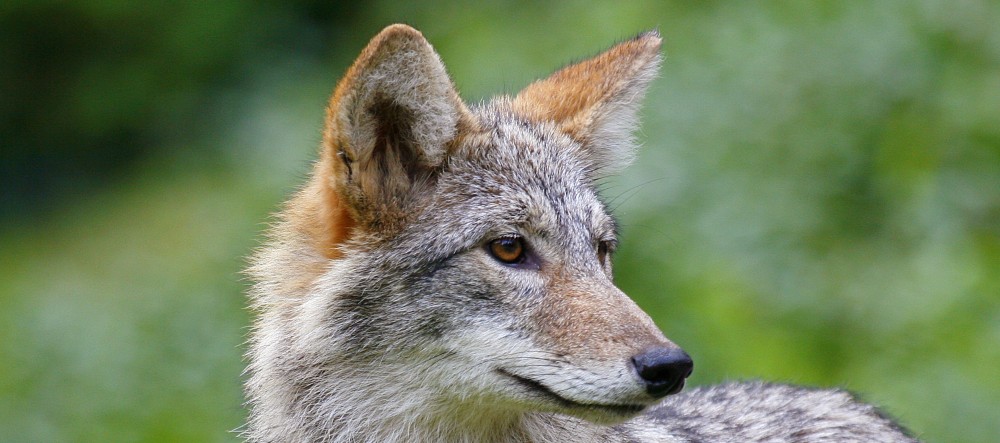London (CNN) — The world’s animal population has halved in 40 years as humans put unsustainable demands on Earth, a new report warns.
The World Wide Fund for Nature’s Living Planet Index, released Tuesday, revealed the dramatic decline in animal species, and said the trend could cost the world billions in economic losses.
Humans need one and a half earths to sustain their current demands, it said.
The index, which draws on research around WWF’s database of 3,000 animal species, is released every two years. This year’s has the starkest warning yet of the risks associated with the decline of wildlife.
The index showed shows a 52% decline in wildlife between 1970 and 2010, far more than earlier estimates of 30%. It is due to people killing too many animals for food and destroying their habitats.
“We are eating into our natural capital, making it more difficult to sustain the needs of future generations,” the report said. Researchers from the Zoological Society of London looked at changes in populations of more than 3,000 species of mammals, birds, reptiles, amphibians and fish, tracking over 10,000 different populations.
The decline in animals living in rivers, lakes and wetlands is the worst — 76% of freshwater wildlife disappeared in just 40 years. Marine species and animals living on land suffered 39% decline in their populations.
Animals living in tropics are the worst hit by what WWF calls “the biggest recorded threats to our planet’s wildlife” as 63% of wildlife living in tropics has vanished. Central and South America shows the most dramatic regional decline, with a fall of 83%.
And while the animals are suffering now, the long-term impact will be on people, the report said.
Marco Lambertini, director general of WWF International, said “protecting nature is not a luxury….it is quite the opposite. For many of the world’s poorest people, it is a lifeline.”
According to Lambertini, the threat to oceans could create economic losses of up to $428 billion by 2050. The global fishing sector employs more than 660 million people, and fish provide more than 15% of protein in people’s diet.
Global food security is under threat as the demands of growing population drain the resources. Forests provide water, fuel and food for more than billion people, including 350 million of the world’s poorest people.
See complete article with graphics here.







